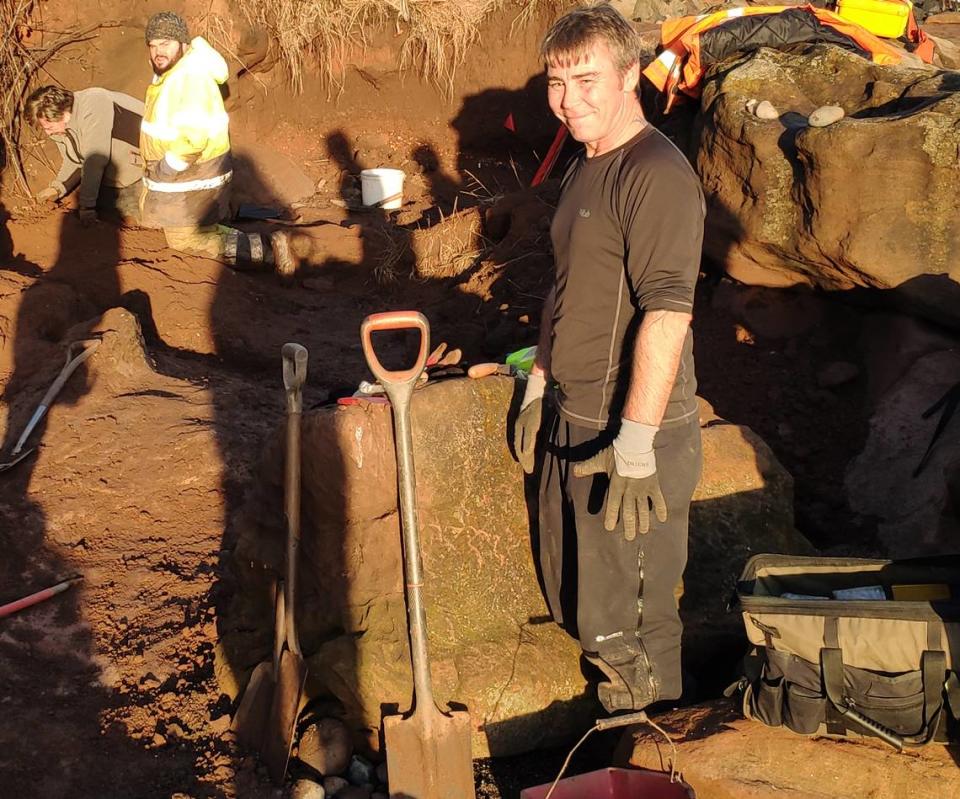Medieval skull ‘poking out of the sand’ after storm led to ‘exciting discovery’ in UK
Storms swept through Scotland, revealing a forgotten medieval skeleton and leading archaeologists to a “very exciting discovery.”
As the warden of the Wemyss Caves historic site, Stuart Cook decided to check the coastline for storm damage, according to a Dec. 12 news release from the Save Wemyss Ancient Caves Society.
Over the years, archaeologists have found a “large and unique collection of Pictish symbol carvings” in Wemyss Caves and several skeletons along the nearby coast, the organization said in another news release shared with McClatchy News.
As Cook walked the coastline, he “came across what seemed to be a couple of bone fragments,” he said in the release. “On closer inspection, I could also make out what was obviously a human skull poking out of the sand.”
After police confirmed “the remains were not recent,” archaeologists started excavating the area.
The excavations uncovered “two sets of human remains,” the release said. These burials “had probably been covered by a layer of stones” and included one body that was buried “in a crouched position.”

The five skeletons previously found near the Wemyss Caves dated to the 11th century, archaeologist Joanna Hambly said in the release.
“It’s probable that the new finds are at least 1,000 years old and from a now-eroded early medieval cemetery,” Hambly said. “Why there might have been a cemetery here is unclear, but early Christian crosses found in several (area) caves … tells us that they were important places for early Christianity and may have been places of pilgrimage.”
The newly found remains will be forensically analyzed next year, the release said.
“Coastal erosion presents a real long-term threat to this unique site, but events like this can also help us learn more about its history,” Mike Arrowsmith, the chair of Save Wemyss Ancient Caves Society, said in the release. “We’re all excitedly looking forward to the results of the analysis next year.”
Wemyss Caves are along the eastern coast of Scotland and about 35 miles northeast of Edinburgh.
How is the Great Wall of China still standing? A ‘living skin’ is helping, study says
See ‘unusual’ and ‘unique’ treasures found in woman’s 1,300-year-old grave in England
Rare artifacts found in German cave that Stone Age humans and bears used. See finds

